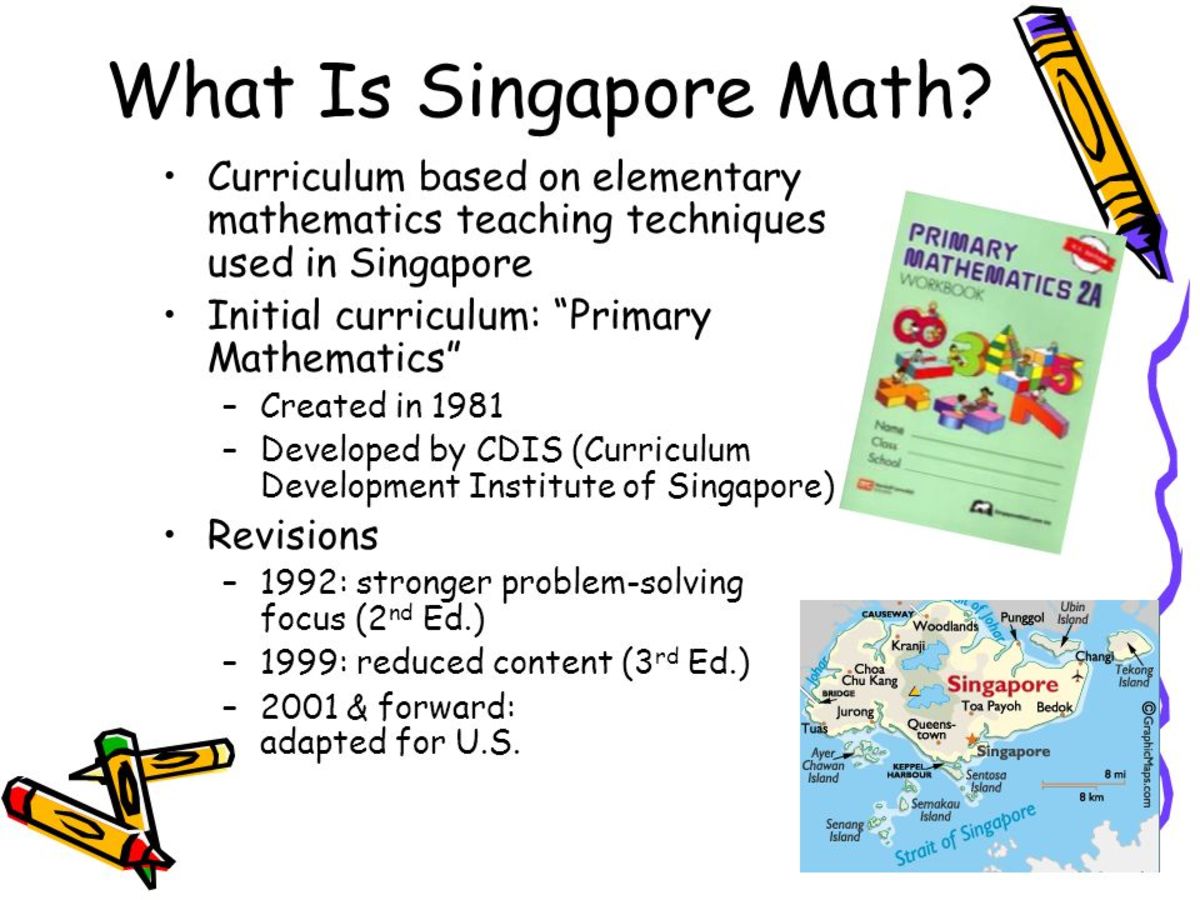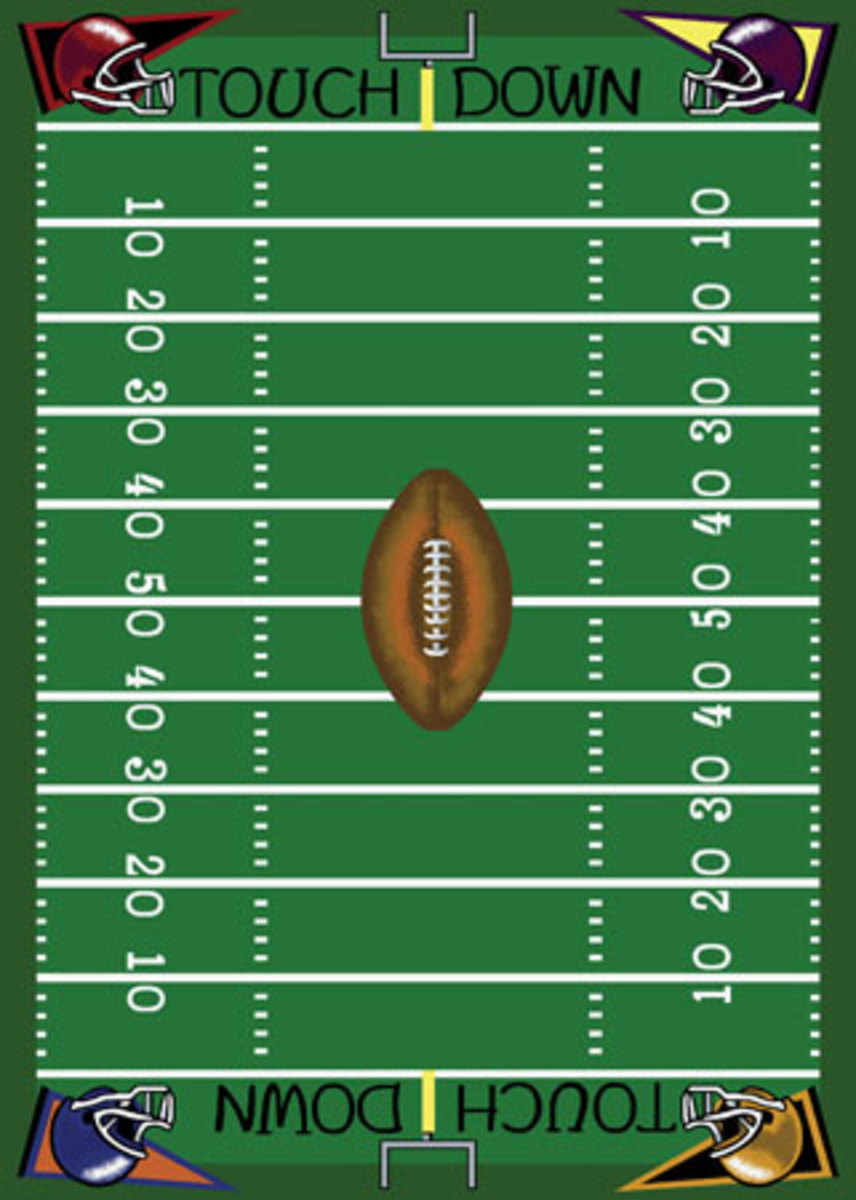Demystifying Math Struggles & Identifying Strategies to Help
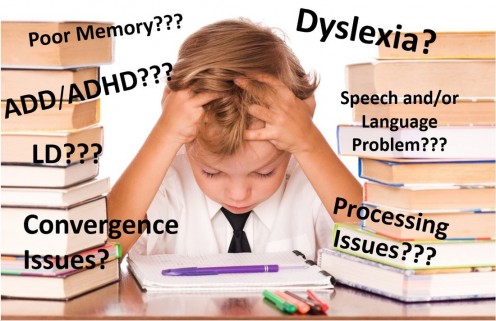
Some children excel in every class, but math has a way of getting the best of them. This is for the reason that the hardest subject most teachers have to teach by the book is Mathematics.
While some children might be excelling at math; Dyslexic children have a problematic time understanding mathematics. They are confused when something requires them to quantify things in their lives and go in pursuit of certain things such as add things together or keeping up with what time of the day it is.
Nonetheless, teaching math actually means communicating in many different ways to have the skills and modes of thinking. For Dyslexic children to understand the skills and patterns of thinking, teachers have to relate them to real-life situations that will help them to think.
In other words, the teacher needs to assist Dyslexic children in processing mathematical problems as they listen and analyze it in the classroom. Most important, teachers have to make sure it means something to them and they also need to make it fun.

It is vital to identify all math struggles with students because moments of frustration and pride can affect children who struggle with math do their homework and it can prevent the adults who work with them from giving them real help.
Despite the fact that Math is a hard subject for most children, a teacher cannot let the Dyslexic students follow a textbook, as this is only part of the information needed to solve the Math problems correctly.
Also, to ensure children don't give up and see themselves as failures, or display behavior difficulties that are related to their problems with math; teachers should teach clear cognitive strategies as it is needed.
Teachers should use the exceptional natural environment, the resource for activities to understand the different purposes for numbers such as phone numbers, how to use the money, addresses, learning about measurement, and others simple but effective fun numerical concepts.
A question some teachers might want to ask themselves when it comes to teaching; should I follow the same traditional method while teaching math to all children?
All educators should strive to educate for an understanding of the mathematical concepts. Understanding, as I am sure most realize, it does not always come immediately, it may even take several grasps, but with determination and the right teaching methods, a child will finally get an understanding.
Teaching math to kids is tough to learn even when teachers are trying to explain a simple solution to a math problem.
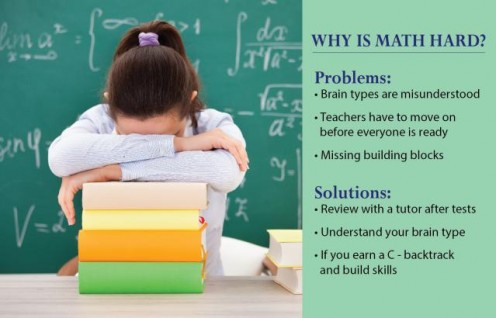
Math is a complicated subject and it is so very incredibly different from English or Science - or even History - for the reason that Math is the merely subject that distributes two characteristics:
1. Students must begin at the beginning and continue to create from what they have learned in the prior lesson.
2. There is no such thing as a partially correct answer; an answer is 100% right or 100% wrong.
In classes such as History, students can start anywhere and study just that individual part of the subject. In English, there are some degrees of correctness and estimations as it may differ as to what is correct. But not in Math: Math is exact and requires precise execution. The answers are either right or wrong.
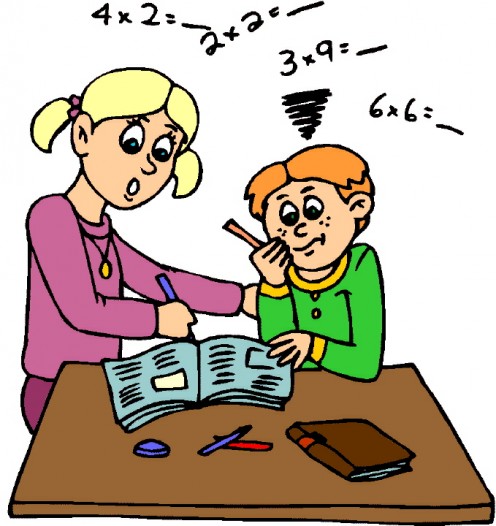
Math has many concepts that must be followed, but the initial perceptions are never to take shortcuts. Because of shortcuts, many students fall into usual tricks.
A student who is skillful realizes that a problem occurs with the alternative method, and they do not study that technique. Another vital concept that is good judgment to use is checking your answer after solving a math problem.
As every child is unique, teaching math in only one method may not be efficient all the time. You have to understand that some kids may have better-analyzing abilities than others.
So, you should not blame others for this silly reason and try to find a better technique to teach them quickly. Therefore, instead of following the same and old traditional way, it is better to go with different math teaching methods for different children.
Consequently, children will find the essence of math and improve their interest in learning it. Is the problem associated only with students? Learning math may difficult, but not impossible.
Usually, students face some difficulties while learning this subject. Scared of those issues, most students stop learning and start memorizing math. Ultimately, students learning math could not understand the essence of it.
Unfortunately, this problem is not only for students but some teachers too. Maybe some teachers follow the wrong method to teach this subject. Consequently, both students and educators fail in understanding it.
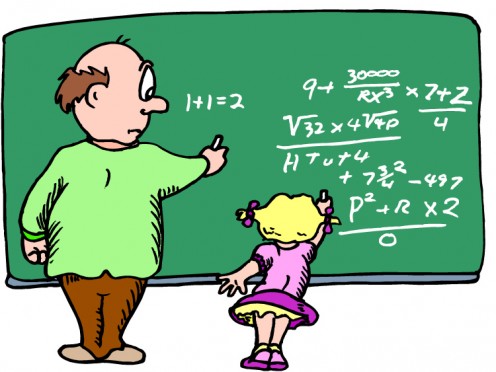
Simple Math Teaching Methods
First teachers lecture the topics and then ask for doubts. Not only this method is inefficient, but also bores the students too. So, which way to follow? Is there any way to help your child learning math better? What is an interesting way to teach math? Here are some techniques to develop.
Go to another method: Usually, teachers teach a lesson and then go for a test. This does not work. Create some common daily math-related situations like playing games like paying the bill in a Pizza Hut or math basket. Games that make children think and help with math work and gives experiences. Since these are their experiences, they start thinking and come up with a solution quickly.
Consider your kid’s learning style: Usually, every child does not follow any other’s learning method. They like to develop their own technique. Some children have great visualizing abilities, and they can easily understand your point. Some may not understand your topic due to lack of visualizing knowledge. To make them understand, you should deliver your lectures in beautiful drawings or charts. Some children, learn easily while listening to topics. So, it is not efficient, that all children should follow the same math teaching methods. Respect their style and allow them to understand better.
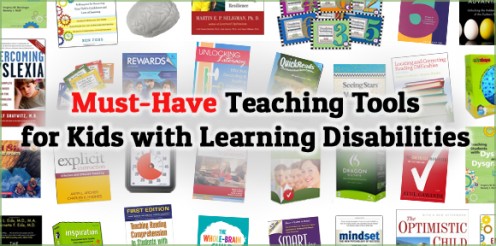
Allow them to interact:
Teaching math to kids involves a lot of problem-solving techniques. Therefore, just giving a problem to your child and asking him or her to solve it is not efficient. For better understanding, you should present the issues in the form of a puzzle, a game, or an enjoyable activity.
A teacher must have teaching tools for kids with learning disabilities: Math is a kind of Toolbox that students’ needs to have all the right equipment to solve a problem correctly.
Multiplication is merely a tool that speeds up the calculation of numbers. Algebra is a delightful tool for answering many different types of issues and trigonometry put aside considerable time and energy in calculating depths and elevations for examiners.
Calculus was ultimately established to make getting to the bottom of the movement of the earth much more accessible, but is invaluable to the civil engineer and economist.
Moreover, complex mathematics dramatically simplifies the growth of learning because Math teaches children to think to be more precise Math helps kids clarify ideas.
Math requires determination and practices - not a genius: the keys to achievement in Math are not vividness and hunch – it's a step-by-step method and mentality is needed.
The Intelligence and Instinct in Math are required for new Math encounters. However, the mission of Math up until the level of Differential Equations is the work of the good workman.
Apart from these math teaching methods, one can create their own techniques for easier implementation. Ultimately, teaching math to kids should be very easy and efficient.
Consequently, children understand math as it is vital in regular life. For more math teaching-related information, stay tuned with us.
Does Mathematics make you feel uneasy and confused?
Ms. Whoopi Goldberg: Successful Dyslexics
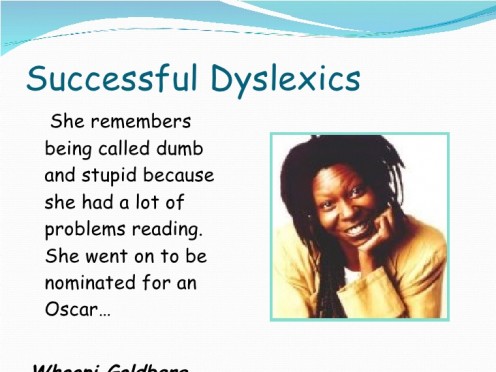
Super Base (WSHS Math Rap Song)
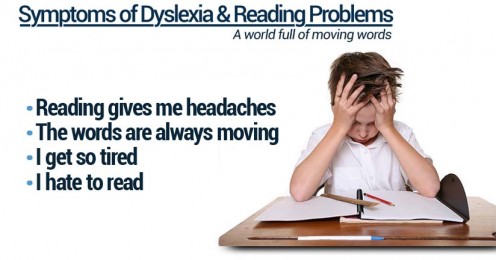
Teachers TV- Teaching and Learning - EYFS Maths
The Math problem solving Loop
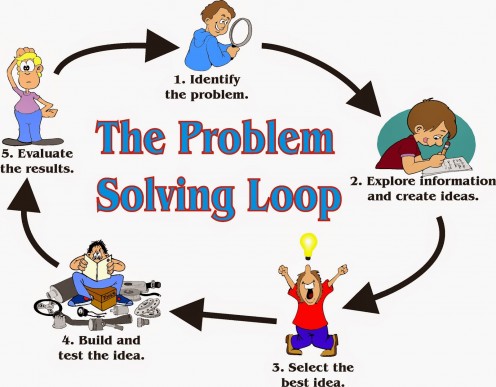
Test Your Knowledge of Dyslexia!
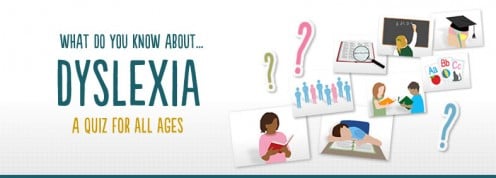
Quiz: Test Your Knowledge of Dyslexia!
view quiz statisticsConnecting Ideas Builds Context and Supports Reading Success in Dyslexics!
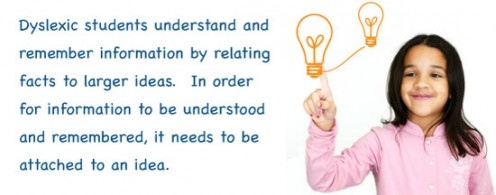
Fraction to Decimal Conversion Tables
fraction = decimal
| fraction = decimal
| fraction = decimal
|
|---|---|---|
1/1 = 1
| 2/3 = 0.6
| 3/5 = 0.6
|
1/2 = 0.5
| 3/4 = 0.75
| 3/7 = 0.428571
|
1/3 = 0.3
| 2/5 = 0.4
| 6/7 = 0.857142
|
1/4 = 0.25
| 5/6 = 0.83
| 5/8 = 0.625
|
1/5 = 0.2
| 2/7 = 0.285714
| 4/9 = 0.4
|
1/6 = 0.16
| 5/7 = 0.714285
| 8/9 = 0.8
|
1/7 = 0.142857
| 3/8 = 0.375
| 7/10 = 0.7
|
1/8 = 0.125
| 2/9 = 0.2
| 3/11 = 0.27
|
1/9 = 0.1
| 7/9 = 0.7
| 6/11 = 0.54
|
1/10 = 0.1
| 3/10 = 0.3
| 9/11 = 0.81
|
1/11 = 0.09
| 2/11 = 0.18
| 7/12 = 0.583
|
1/12 = 0.083
| 5/11 = 0.45
| 5/16 = 0.3125
|
1/16 = 0.0625
| 8/11 = 0.72
| 13/16 = 0.8125
|
1/32 = 0.03125
| 5/12 = 0.416
| 5/32 = 0.15625
|
This content is accurate and true to the best of the author’s knowledge and is not meant to substitute for formal and individualized advice from a qualified professional.
© 2016 Pam Morris



